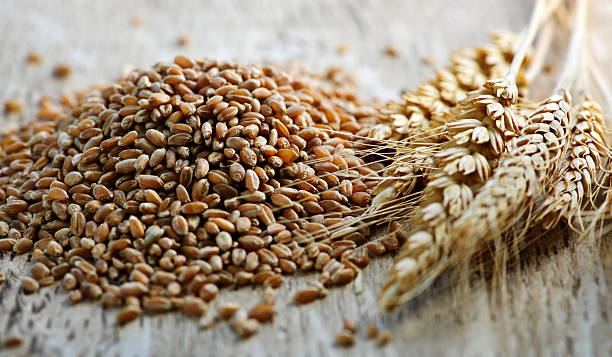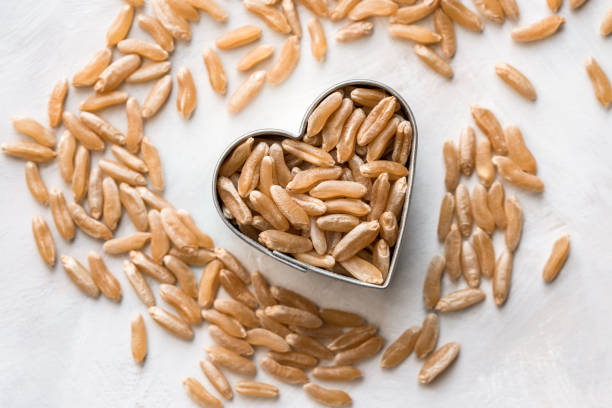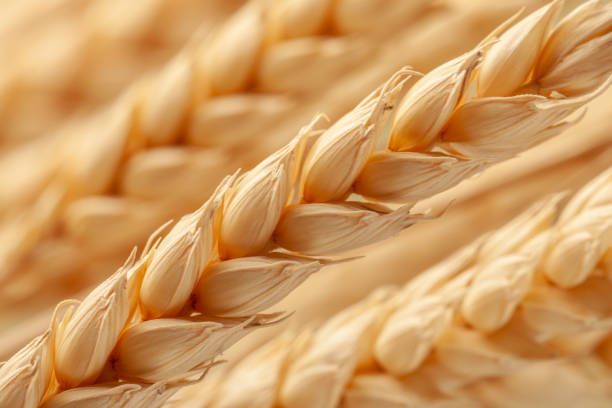In the realm of grains, triticale stands as a unique and nutrient-rich hybrid, combining the genetic qualities of wheat and rye. Born from the cross-pollination of these two staple grains, triticale inherits the positive attributes of both, resulting in a versatile grain with notable nutritional benefits. Let’s explore the nutritional richness that makes triticale a distinctive and valuable addition to the world of grains.
Protein Prowess:
Triticale is celebrated for its impressive protein content, making it a valuable source of this essential macronutrient. The protein in triticale is of high quality, containing a balanced profile of amino acids necessary for various physiological functions. This makes triticale a favorable option for those seeking plant-based protein in their diet.
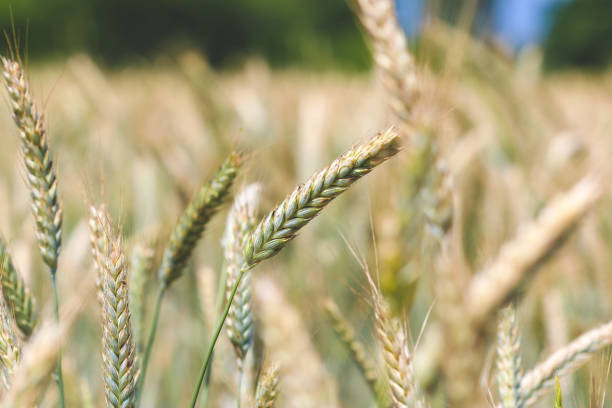
Dietary Fiber for Digestive Health:
One of the standout features of triticale lies in its significant dietary fiber content. Both soluble and insoluble fibers are present, contributing to digestive health by promoting regular bowel movements, preventing constipation, and fostering a healthy gut microbiome. Triticale’s fiber richness adds to its appeal as a grain that supports digestive well-being.
Essential Minerals (Iron, Magnesium, Phosphorus):
Triticale provides a notable mineral ensemble, including iron, magnesium, and phosphorus. Iron is crucial for oxygen transport in the blood, magnesium supports muscle and nerve function, and phosphorus is essential for bone health. The mineral richness of triticale supports overall cardiovascular, muscular, and skeletal well-being.
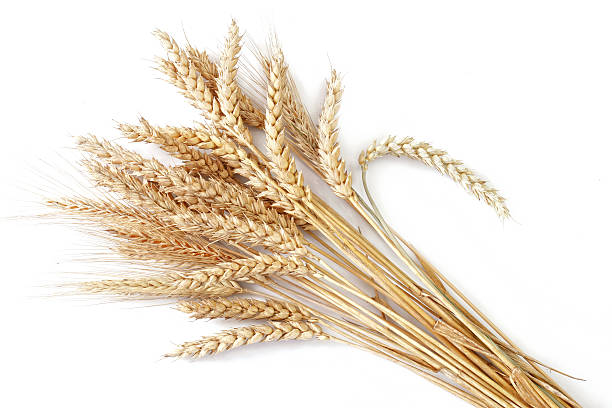
B Vitamins for Metabolic Vitality:
Triticale contributes to the B-vitamin spectrum, including vitamins such as B6, niacin, and folate. These B vitamins play essential roles in energy metabolism, nervous system function, and the synthesis of DNA. The B-vitamin content of triticale adds to its nutritional diversity and supports overall metabolic vitality.
Low in Gluten Content:
While triticale does contain gluten due to its wheat parentage, it generally has a lower gluten content compared to traditional wheat. This makes it potentially more tolerable for individuals with mild gluten sensitivities, providing a grain option for those seeking alternatives in their diet.
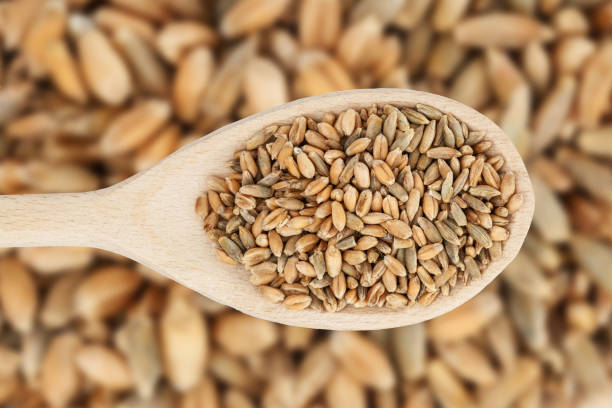
Culinary Versatility:
Triticale’s culinary versatility extends from being used in baked goods, such as bread and muffins, to incorporating it into salads, soups, and pilafs. Its mild and nutty flavor allows it to complement a variety of dishes, making it a versatile choice in both traditional and modern culinary applications.
Nutrient-Dense and Satiating:
Triticale is nutrient-dense, meaning it provides a rich array of essential nutrients while being relatively low in calories. This makes it a satisfying and healthful option for those looking to balance their caloric intake while obtaining a diverse range of nutrients.
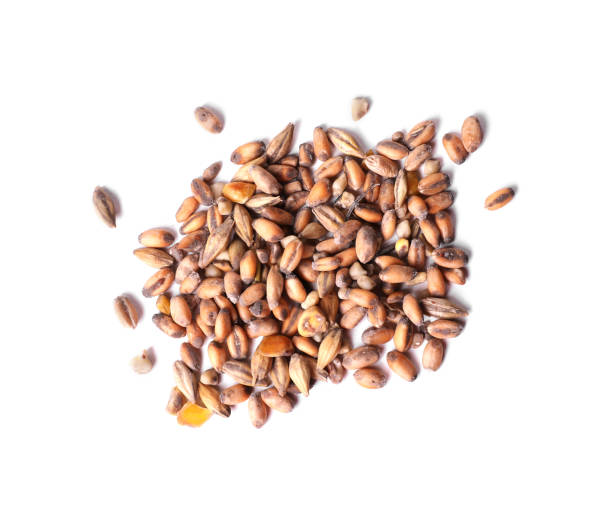
In conclusion, triticale, with its protein prowess, fiber richness, and nutrient diversity, stands as a nutritional marvel in the realm of hybrid grains. As we appreciate its dual heritage and culinary adaptability, we partake in a journey that celebrates not only the unique qualities but also the healthful benefits of triticale. From supporting digestive health to providing essential minerals, triticale remains a symbol of innovation and nutritional richness in the diverse landscape of grains.


